10 islands where there are completely unique languages
Categories: Nations | Travel | World
By Pictolic https://pictolic.com/article/10-islands-where-there-are-completely-unique-languages.htmlThere are more than 6,000 languages on earth. In most places, there has historically been contact between their carriers. But such contacts were impossible on the islands, which often affected the language in an unusual way. Thus, on isolated remote islands, unique properties appeared in dialects or archaic features that are absent in other modern languages were preserved.

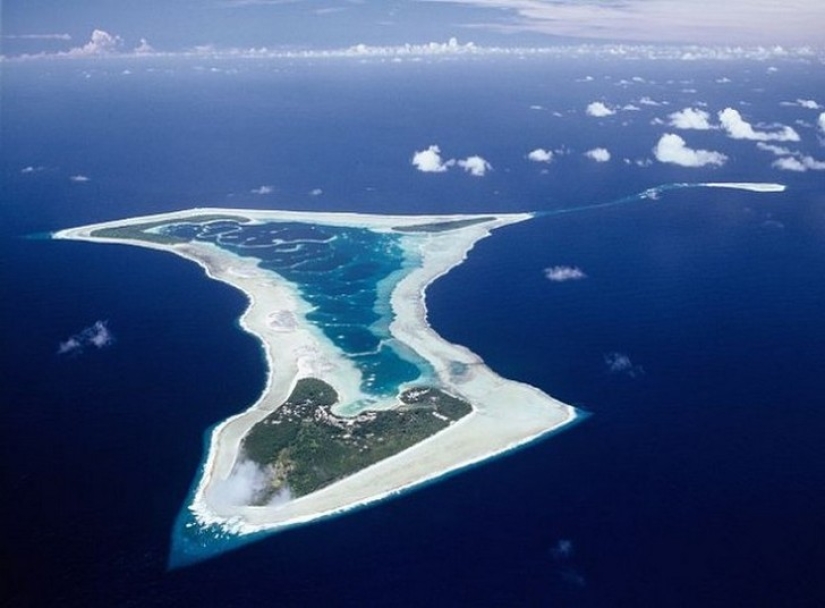
Pukapuka Atoll is one of the most remote Cook Islands. The area of the tiny island is only three square kilometers. Nevertheless, Pukapuka has its own language, which is called Pukapukan. It shares some properties with other languages of the Cook Islands, as well as a clear similarity with languages on islands located to the east, such as Samoa and Tuvalu.
As in many Polynesian languages, Pukapukan distinguishes between short and long vowels. For example, "tutu" means "to burn", and "tutuu" means "a bunch of coconuts", "tuutu" means "costume", and "tuutuu" means "picture".

Haida Gwaii, also known as Queen Charlotte Island, is located off the coast of British Columbia in Canada. The language of the indigenous population of the island is currently under threat of extinction, since only 20 of its speakers are left alive. The sound system of the Haida language consists of about 30 consonant sounds and 7-10 vowel sounds (the number of vowels varies in different dialects). Paradoxically, even among 20 native speakers, there are dialects that are very different from each other.
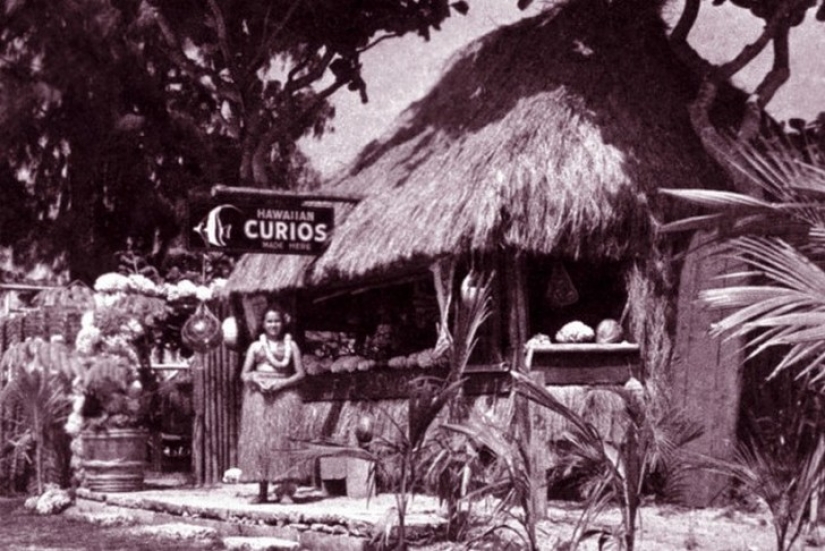
Hawaii is an American state that is isolated from the rest of the United States. Moreover, the Hawaiian Islands are located at a distance of about 4,000 kilometers from the continental states. These islands have their own indigenous language — Hawaiian, which belongs to the Polynesian branch of the Austronesian languages. There are only eight consonants in it. The Hawaiian language also has extremely limited rules for the formation of syllables. A syllable can consist of a vowel or a consonant followed by a vowel, and in no other way.

Iceland was originally inhabited by Norwegian Vikings who arrived on the island in the late 870s. Accordingly, in Iceland, Old Norse was originally spoken. Modern Icelandic is a descendant of this language and has retained some of its archaic features. For example, a grammatical system consisting of four cases: nominative, accusative, dative and genitive. In addition, the names are divided into two classes, "strong" and "weak", which are inclined according to their own rules.
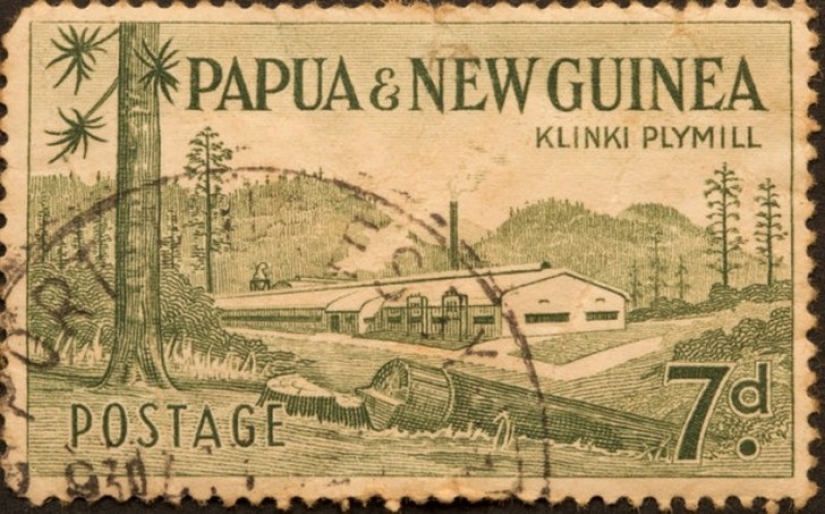
The island of New Guinea is divided in half between the two countries. The independent country of Papua New Guinea occupies the east of the island, and the western half belongs to Indonesia. The island is one of the most culturally and linguistically diverse areas on earth. Linguists believe that there are now more than 800 languages in Papua New Guinea. Despite this diversity (or perhaps because of it), these languages are very poorly documented, and almost nothing is known about how they are related to each other or to the languages of neighboring islands.
One of the interesting features of all Papuan languages is the use of nominal classifiers. These words are used in combination with a noun to indicate exactly what meaning of the word should be used. The Motuna language has 51 noun classifiers, while the Teiwa language has three classifiers for fruits only: one for round fruits, such as coconuts, the second for cylindrical fruits, such as cassava roots, and the third for elongated fruits, such as bananas.
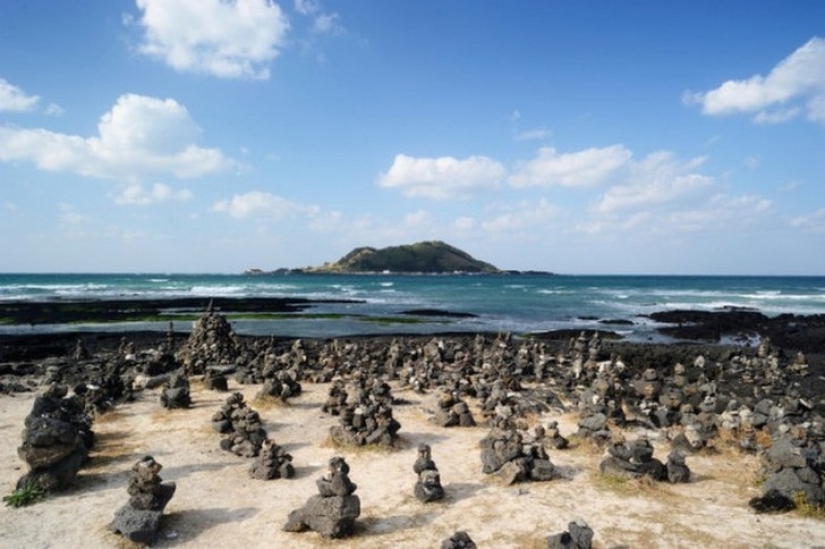
Jeju Island, or Jeju, is located off the southern coast of Korea and is a popular destination among tourists. The culture that originated in Jeju is different from mainland Korea, and now the island is famous for its stone statues, which are called hareubang. The Jeju language is spoken on the island. It is sometimes referred to as a dialect of Korean, but in fact there are such significant differences between them that linguists prefer to classify Jeju as a separate language.
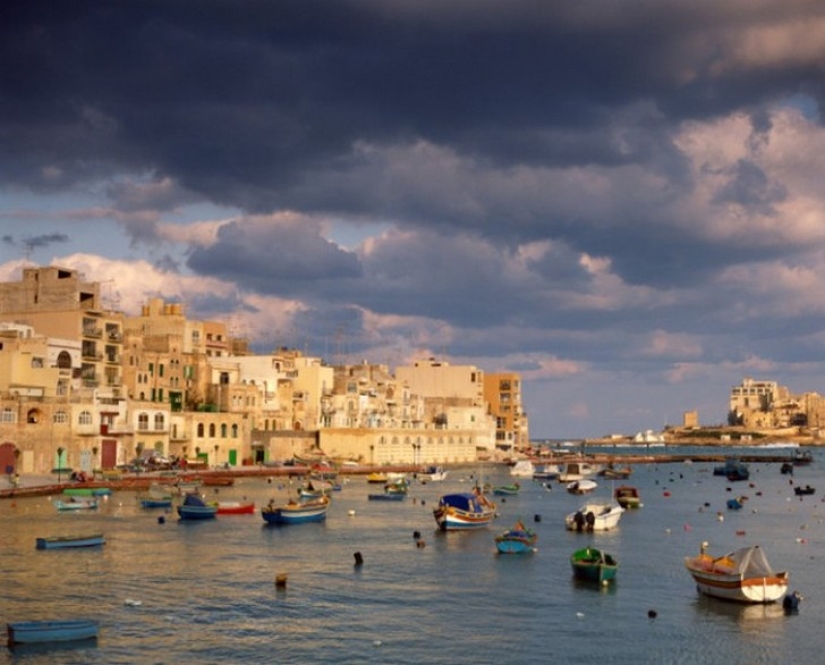
Malta is an island country located in the Mediterranean Sea, south of Italy. The official languages of the State are Maltese and English. Maltese belongs to the Semitic family, which includes languages such as Arabic and Hebrew. It is the only member of the Semitic language family that is the official language of the European Union. Maltese is mainly spoken by modern descendants of Arabs. Today, about half of the Maltese vocabulary comes from Italian.

North Sentinel Island is one of the Andaman Islands located in the Bay of Bengal. This island is inhabited by Sentinel people. Very little is known about their culture, because they are very hostile to everyone and completely reject any contact with representatives of other cultures (only once a female anthropologist managed to establish contact with them). Some observations and photographs that exist at the moment suggest that the Sentinel people actually live in the Stone Age. The only metal they have on the island is collected from shipwrecks.
After the earthquake and tsunami in the Indian Ocean in 2004, the Indian government sent helicopters to the island to find out if anyone survived there. It turned out that the natives were alive and, moreover, they threw spears at the helicopters. The Sentinel language remains a complete mystery, linguists only assume that it belongs to the Andaman languages spoken on the nearby islands.
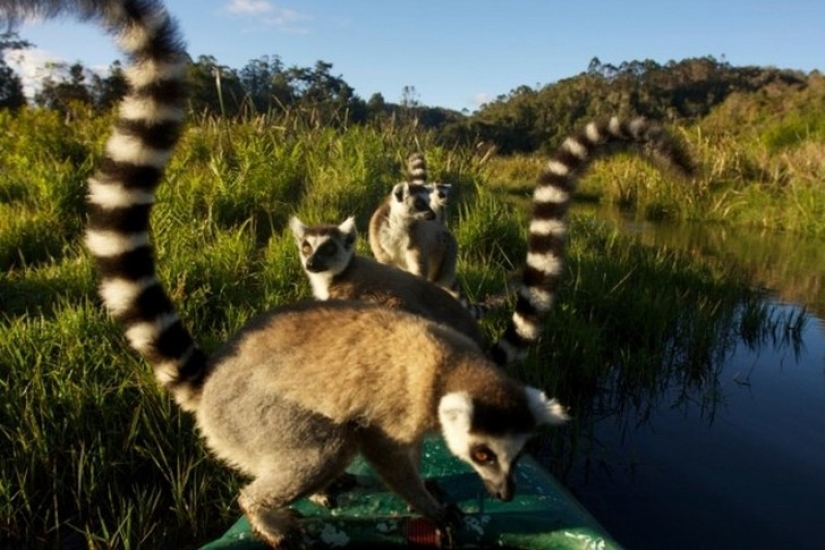
Madagascar is a large island off the coast of South Africa, and the indigenous language on the island is Malagasy. It is worth noting that Madagascar is not a very isolated island, you can swim from it to the continental part of Africa in a few hours. But the Malagasy language is unique, because it is not related to any of the languages of Africa. Malagasy is actually closer to the Austronesian language, and the closest related language can be found in Indonesia, at a distance of 7,500 km from the island. The similarity between Malagasy and Austronesian languages was noted by the first Portuguese sailors who visited Madagascar in 1600.

There are hundreds of local Aboriginal languages in Australia, and their relationship is still unclear. However, they have several common characteristics that distinguish Australian languages from all others in the world. In particular, in this group of languages there are no slotted or hissing sounds (sh, f, s, sh). Almost every language in the world has at least one such sound. Australia is an exception.
Australian languages are also distinguished by a large number of lateral, or" lateral", sounds that are similar to"l". At the same time, there are many prohibitions in the construction of sentences: for example, in a number of Australian languages there are simply no words of direct speech to directly address each other.
Keywords: Island | Peoples | Travel | World | Ten | Language
Post News ArticleRecent articles

Winter is a special time of the year, someone is afraid of her, someone is waiting for snow days to build a snowman or go down the ...

The heroes of their photos are used to humiliate others, cheerfully and carelessly shoot everything on the phone and post the ...
Related articles

The Himalayas. Tibet. Something cosmic and ethereal sounds in the names. They attract visitors from all over the world. In front of ...

If you like peace and privacy, it is unlikely that you will choose a metropolis, going on vacation. Especially when in the world ...

Walking through this picturesque bridges, you can admire the views from these stunning views and breathtaking landscapes. We invite ...

Every day, photographers around the world are looking for new ways to tell stories or capture something we haven't noticed ...